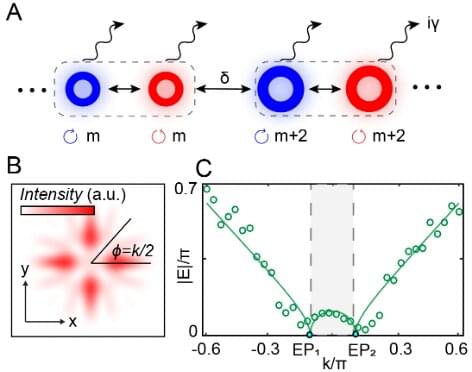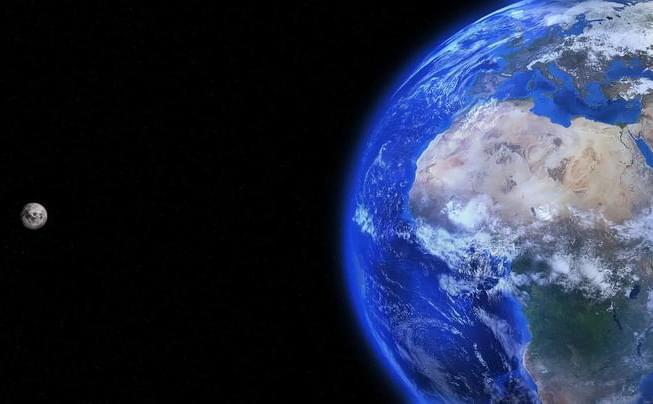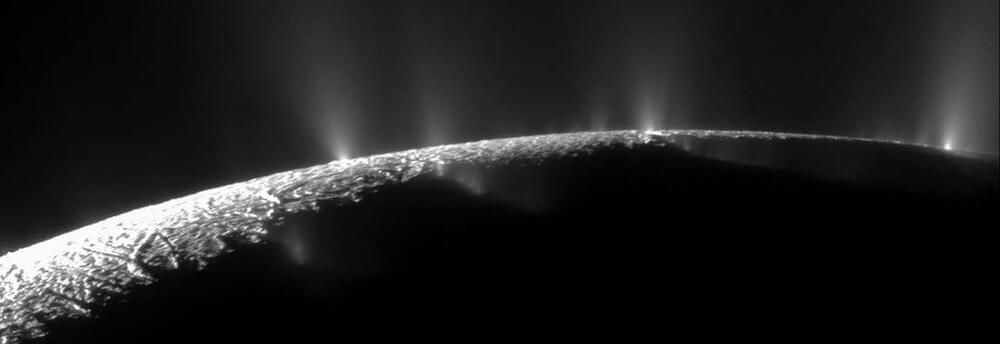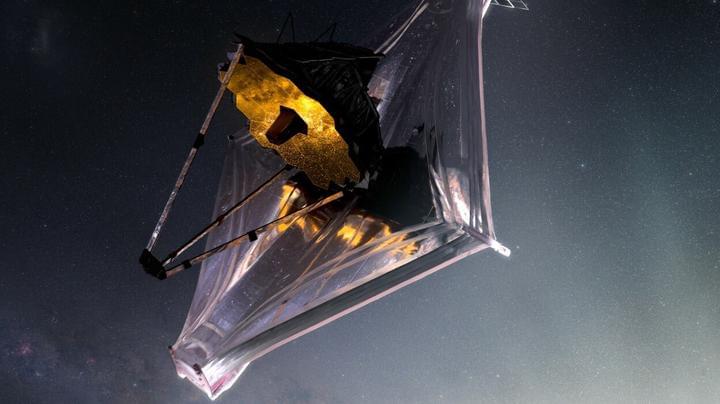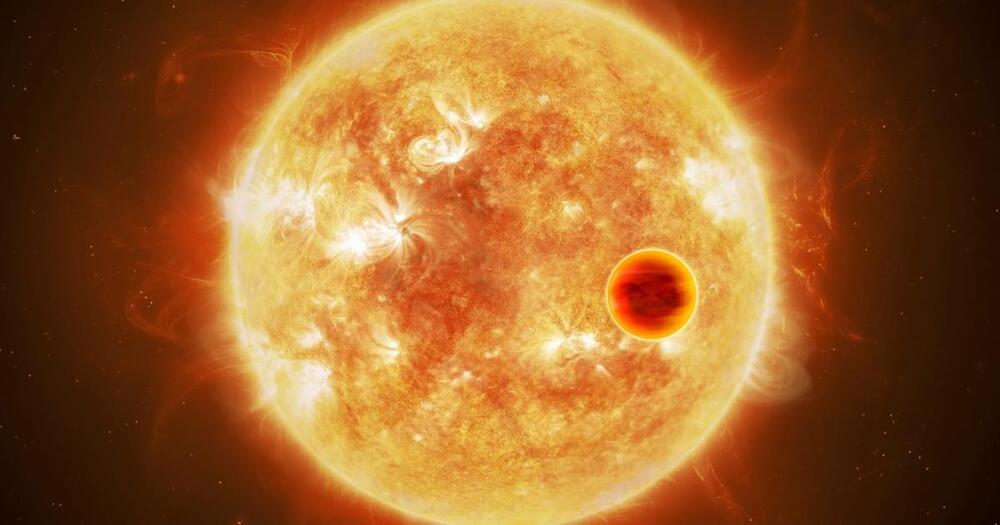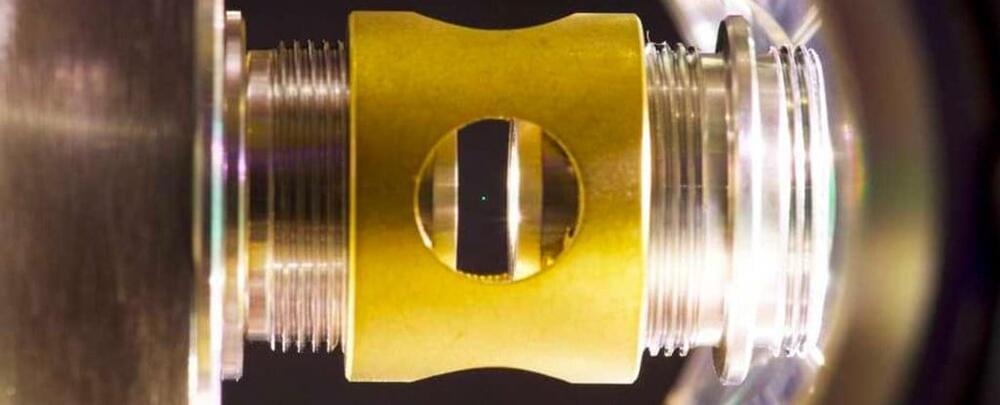Recently, a research team led by Prof. Guo Guangcan from the University of Science and Technology of China (USTC) constructed a non-Hermiticity (NH) synthetic orbital angular momentum (OAM) dimension in a degenerate optical cavity and observed the exceptional points (EPs). This study was published in Science Advances.
In topological physics, the NH systems depict open systems with complex energy spectra. Exceptional points are one of the unique features of NH systems. To study EPs, the team had constructed synthetic one-dimensional lattices and established topological simulation platform in a degenerate optical cavity. Based on this platform, an additional pseudomomentum was introduced as a parameter to construct the Dirac point in the two-dimensional momentum space. A pair of EPs can be obtained by introducing non-Hermitian perturbation around the Dirac point.
The detection of complex energy spectra in NH systems can be troublesome for traditional means. The research group developed a method which is referred to as wave front angle–resolved band structure spectroscopy to investigate complex energy spectra based on synthetic OAM. Using this method, the team not only detected EPs in momentum space, but also the key features of EPs like bulk Fermi arcs, parity-time symmetry-breaking transition, energy swapping and half-integer band windings.
